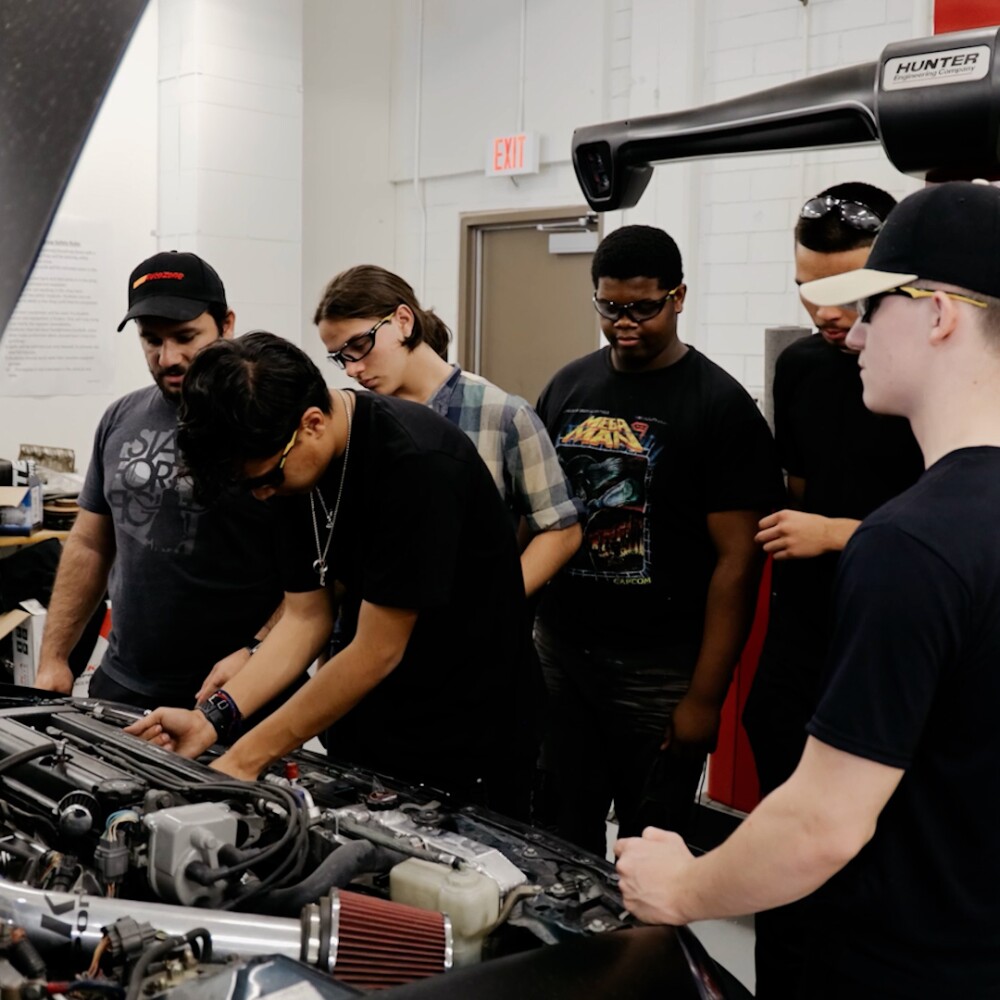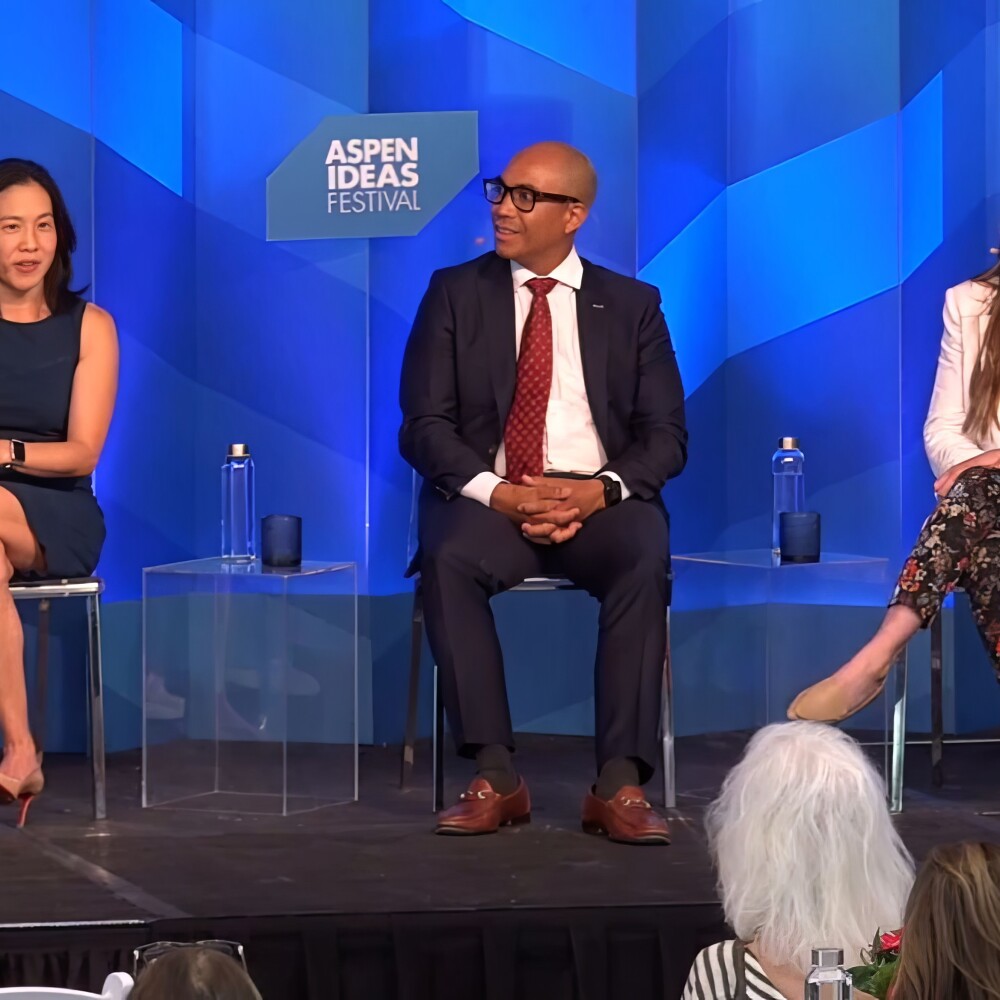Robert Bies describes it as a bold and pioneering experiment in "radical collaboration," where "big ideas" take root.
A year ago, 20 principals from public charter and traditional district schools in Washington, D.C. arrived at Georgetown University to study ways - as education leaders - they could better serve urban students. As Robert puts it: "These principals learn new business leadership skills to take back to their schools and apply them, as the CEO of their schools."
The educators who entered the university's Master's in Executive Leadership (EML) program came from two different public school sectors that do not often collaborate. Yet they face many challenges common to big-city school systems, regardless of label. Among them: Attendance, safe routes for students to get to and from school, student mobility and the integration of immigrant students.
"My goal was to figure out how to help build more bridges between these education leaders," says Robert, academic director of the D.C. Public School Leaders EML program at Georgetown's McDonough School of Business.
"There are walls that are sometimes put up between public charters and district schools. I tried to get these principals to see they were more similar than different. And what happened was, the walls disappeared."
Over 11 months, the 20 principals - 10 from district schools and 10 from charter schools - worked together to solve some of the most intransigent problems facing D.C. students.
The positive tone was set from the start of the program when the principals wrote a mission statement that used Georgetown's motto, "Utraque Unum" - from two, one - as its guide.
"From the beginning, they were thinking as one. Their mission statement was relevant to all the schools in the district, whether they were public charters or [D.C. Public Schools]," Robert says.
In classes and weekend residencies, the principals formed small groups that served as "incubators" for developing personal relationships and brainstorming new ideas. The principals visited each other's schools, shared best practices across schools and grew so close that some even vacationed together.
Their strong personal bonds yielded a wealth of proposals for how to improve their own schools and solve city-wide problems. One group confronted the challenge of getting students to school safely, a city that lacks "district-managed transportation," where students often face long commutes to school via bus or subway.
Because roughly half of D.C. public school students attend charters, while and the other half attend traditional district schools, the challenge of ensuring students arrive safely to and from school is one shared by principals in all schools.
To confront the problem, the Georgetown EML principals proposed identifying and isolating areas where students were most at risk during their walk to and from school, and training community volunteers to help students travel safely.
I believe we are changing the landscape of urban public school education. One school at a time. One neighborhood at a time.
Another group of principals wanted to create a database to be shared between schools to help limit the risk to students - particularly those who live in poverty - who transfer and find themselves 'starting from scratch' with teachers at their new school. The plan was submitted to D.C.'s Deputy Mayor of Education.
To help students who suffer from trauma in their lives outside of school, the Georgetown EML students proposed a plan - which was sent to D.C.'s city council - to develop a trauma-informed training and certification program for teachers.
"I believe we are changing the landscape of urban public school education. One school at a time. One neighborhood at a time," Roberts says.
The Georgetown EML program is now in its fifth year overall - and its second with principals enrolled from both charter and district schools. The Walton Family Foundation provides funding in partnership with the D.C. Public Education Fund and D.C. Public Schools.
For the principals who completed the EML program in 2017, their year at Georgetown was a revelation.
Jake Lappi, interim principal at Wahler Place Elementary School, said the program helped participants understand their power to "step boldly and freely" into the effort to rejuvenate D.C. schools.
Kimberly Martin, principal at Woodrow Wilson High School, said she realized "each of us have the chance" to make the school system better. "There is nothing naïve about this impulse to improve the world," she said.
The EML program is producing "empowered leaders" with the confidence and resilience to find solutions to big problems, Robert contends.
"At the end of the day, it's all about the students. I see leaders who are engaged, energized and empowered to go and do right by the students."





